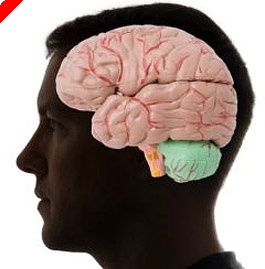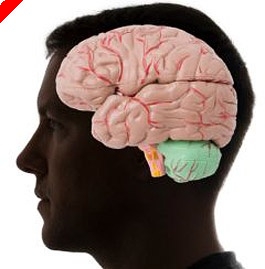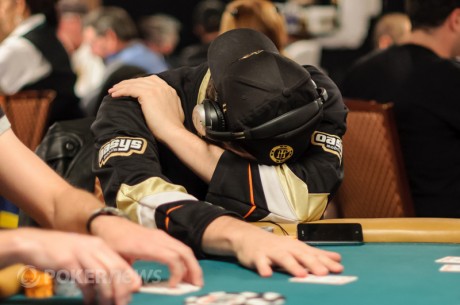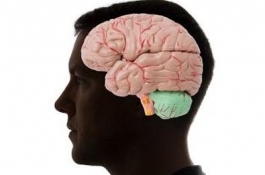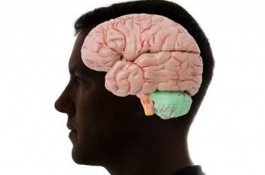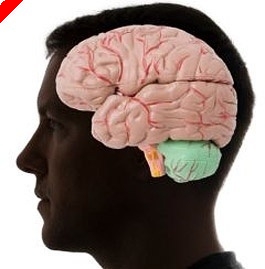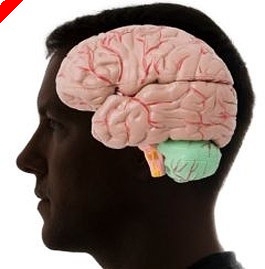The Poker Shrink, Vol 48: Blocking
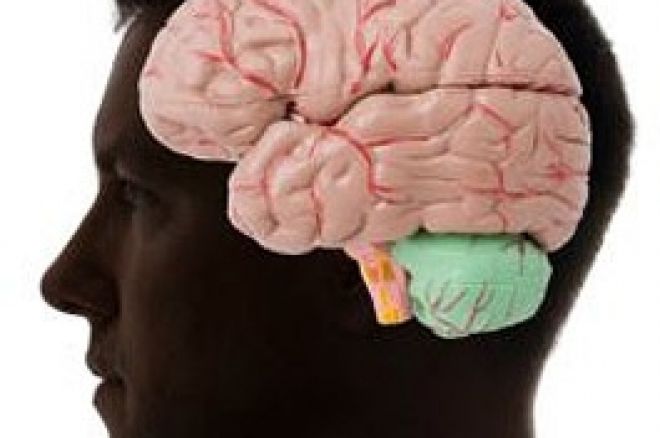
Sometimes it surprises me just how often our basic instincts overrule our really big brain. Early experiments showed that behavioral scientists could condition rats and pigeons to recreate certain behaviors on cue. You know the old: hear a bell and get fed, or peck a black dot and get a treat. Those are called conditioned responses. The lab animal learns that a certain stimulus leads to a regular response. The light means food, the whistle means a hungry cat. Something like that.
Further research discovered that once an animal was conditioned to one stimulus they would not learn another one. So if you "taught" the rat that pushing the red lever meant a food pellet would appear but the black lever produced nothing, the rats would push the red one but not the black one. If you then added a yellow lever, the rat treated yellow like black or no food. Why? Well the subject rodent had already associated red with food and they just didn't have the mentally capacity to broaden their actions to consider that yellow might also mean food. Red was food and that was that. Effectively, the first-learned conditioned response blocks out any later conditioning even if the later association is just as strong as or stronger than the first. A strong conditioned response relationship strongly blocks any further associations to the original stimulus. But we humans are a lot smarter than that, right? Well let's see.
At the 2007 World Series of Poker, I had dinner with two professional poker players, who had been playing at the same table for the first six hours of that day's tournament. During dinner they were talking about several hands that had been played at their table when Pro A said: "And I can't believe the guy in seat four hasn't busted out, he plays so badly."
To which Pro B replied: "Yeah and he has that monster tell."
Pro A: "You saw that, too? I mean does no one else at the table get it?'
Pro B: "I know neither of us has been able to get him heads up all day and the other players don't seem to have a clue."
Pro A: "And he plays so many hands, he is bound to give us those chips before the day is over."
So, of course, I had to ask about the tell and after being sworn to secrecy, Pro A said: "Every time he has a strong hand, he makes his bet and then leaves his hand out on the table in a fist. He never does that if he is bluffing or on a draw, only when he is strong."
Pro B: "What? He has a strong tell too?!"
Pro A: "That's not the tell you had?"
Pro B: "No, I have a weak tell on him. When he is weak, he plays with his chips after he makes his bet. With a strong hand or a strong draw he never touches his chips after a bet."
So the guy in seat four had two different tells and each pro had picked up one of them. It turns out that during the very first round of play, when blinds were low; Pro A had lost a pot to seat four when the player gave off his strong tell and Pro A picked up on it. Also in the early rounds Pro B had taken a pot from the player in seat four when he gave the weak tell and Pro B picked up on that one.
So each pro had a confirmed tell and apparently were blocked from picking up the player's other tells. Where is it written that a player will only have one tell? The answer is — nowhere. Clearly if you are weak enough to have a tell, you could have more than one. But the ability to pick up on a second or third tell is blocked by our little reptilian brain. Except that now you know about blocking and can focus your attention to search for those other tells. Just be sure to remember: Red means food!
Editor's Note: Dr. Tim Lavalli's long-running "Poker Shrink" columns help us to think about the way we think about poker. Thinking about playing online? Visit our plentiful selection of online poker rooms here.


